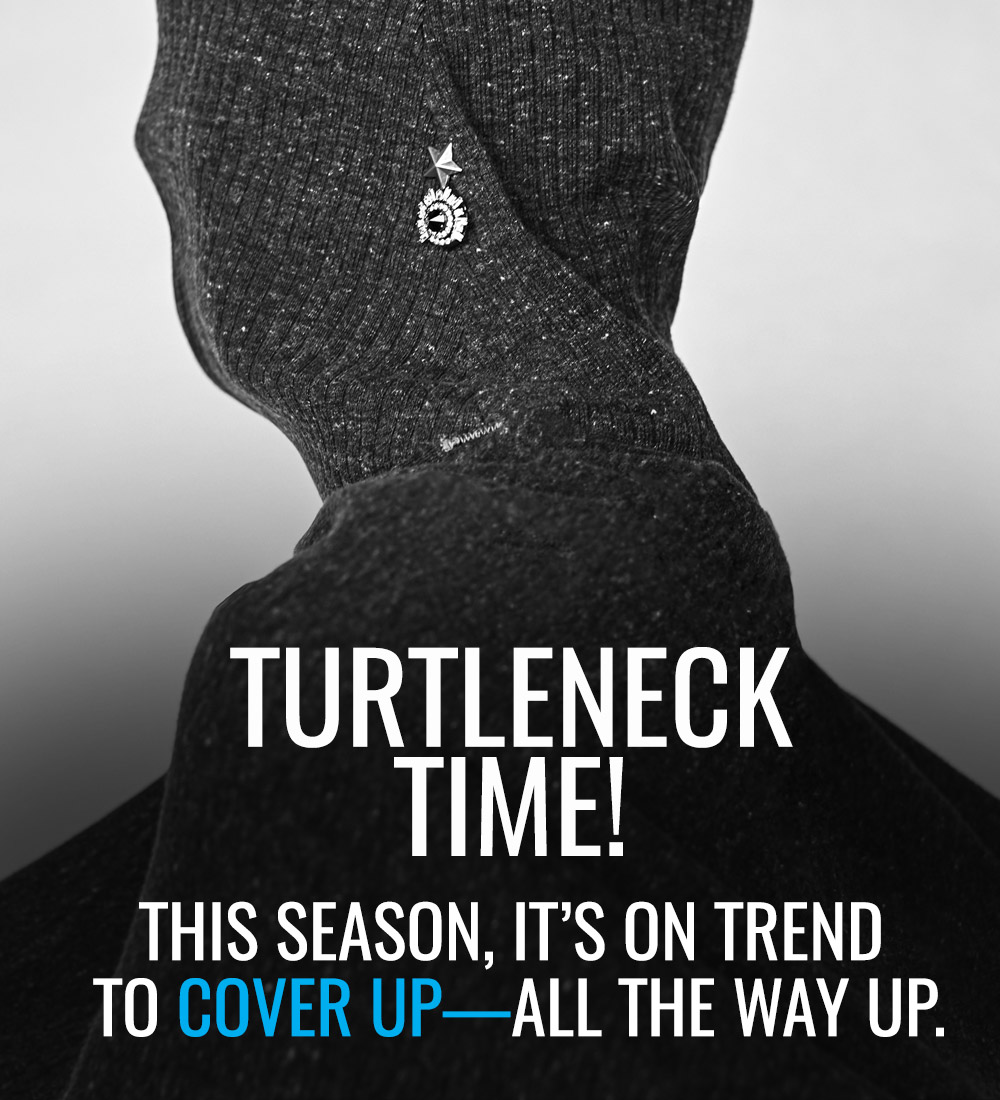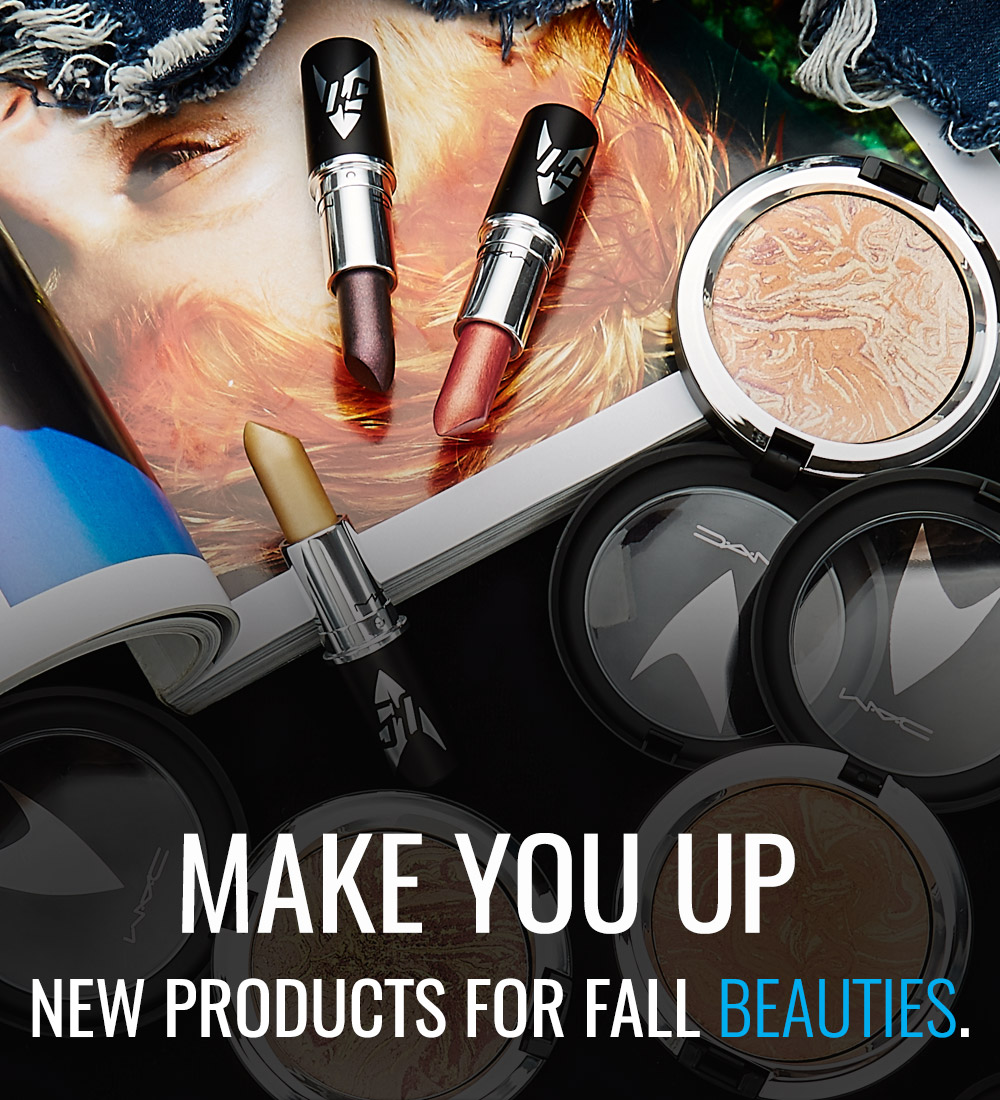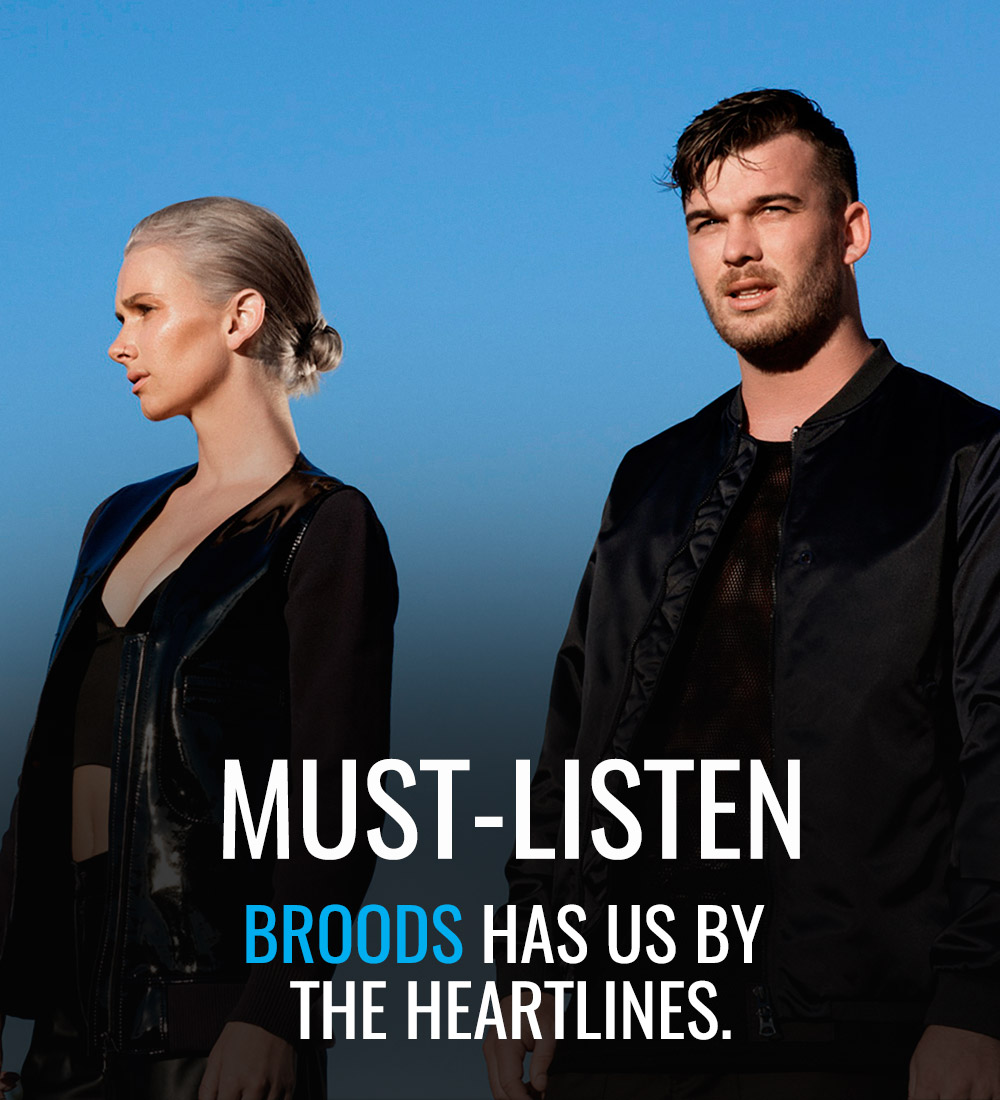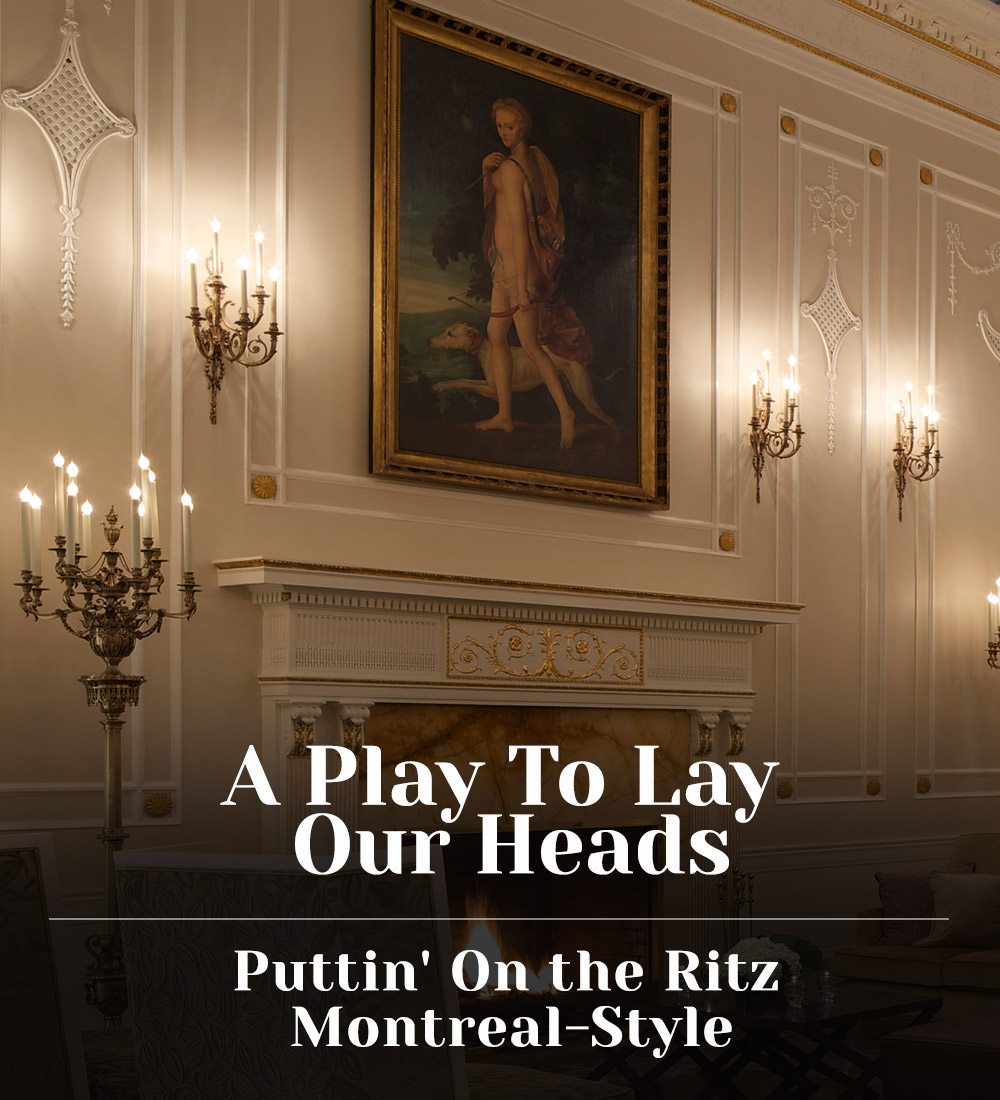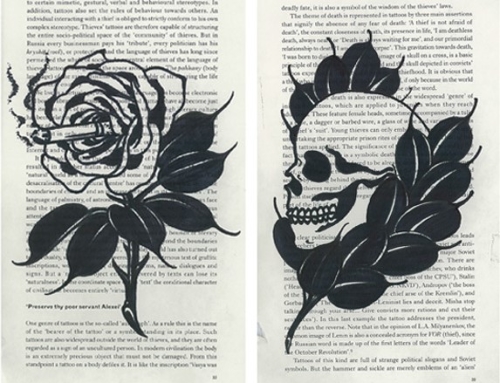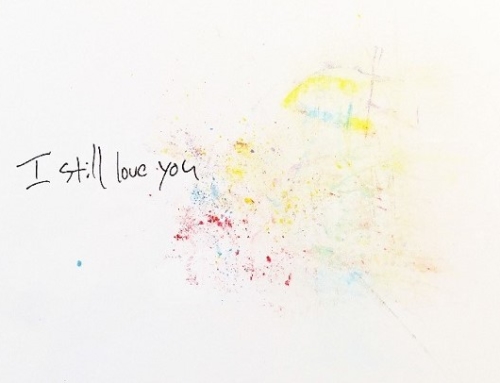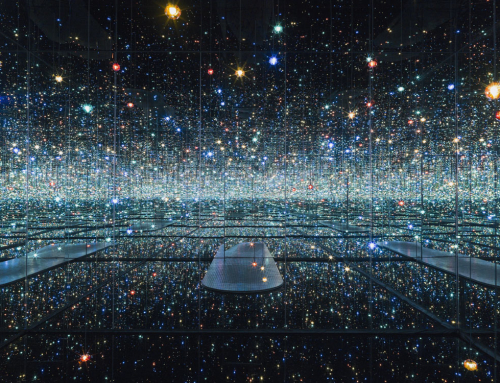British pop singer and cultural icon, Boy George famously said: “I knew style and content went hand in hand.” In the case of London fashion in the 1980s, content came by way of the city’s club scene — a subculture in which Boy George himself was a pioneer in not only music, but also fashion. The irrevocable bond between style and music was an era theme, a popular culture phenomenon that lives in the ’80s style archives and the generation’s fashion legacy.
In a salute to this youthful and exciting period of fashion, The Victoria and Albert Museum (V&A Museum) will play host to “Club to Catwalk” a major exhibit exploring London fashion in the ’80s with a nod to the mavericks of the period including Betty Jackson, Wendy Dagworthy, Katharine Hamnett and runway provocateur, John Galliano, as well as club-going tastemakers behind the New Romantic and High Camp trends of the decade such as British post-punk rocker Adam Ant and influential performer/designer/club promoter Leigh Bowery, whose persona helped shape the vision of boundary-pushing fashion designers with careers born out of the ’80s like Alexander McQueen.
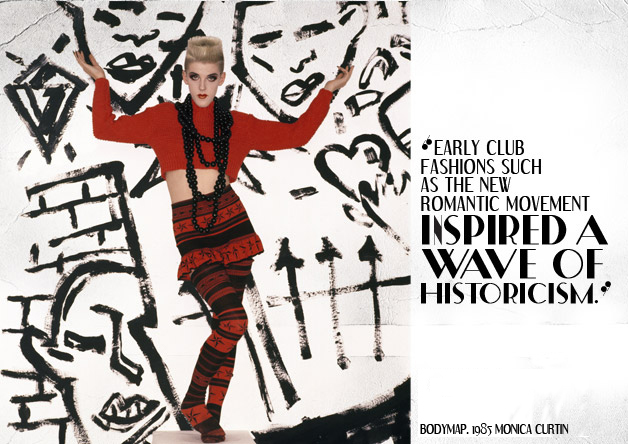
“Club to Catwalk” explores genres in British fashion moulded by the city’s underground club scene. Here, trends such as androgyny were taken to a different level, colours and shapes of years past were dismissed and replaced with what would become signature forms of the era, and inspiration itself was oozing from street level in a way it had not done before.
Boasting an exhibition of more than 85 bold and exciting looks by the premiere young designers of the decade — each one known for their fancy for experimentation, “Club to Catwalk” promises to be an exhibit celebrating risk takers, vivid imagination and an innovative moment in fashion history that continues to influence contemporary runways. Below, Claire Wilcox, Head of Fashion at the V&A Museum and curator of the “Club to Catwalk” exhibition, talks to FILLER about the musical reverie that was ’80s fashion.

With “Club to Catwalk,” the creative relationship between catwalk and club wear is highlighted as a bond that helped reinvent fashion; tell us a bit about the role nightclub trends played in shaping the style of the time?
London fashion in the 1980s was distinguished by a thriving fashion scene. On the one hand there were the established, professionalized catwalk designers such as Wendy Dagworthy, Paul Smith and Betty Jackson. On the other, there was the alternative, creative underground club scene. Many designers had a foot in both camps. Stephen Jones, for example, was making hats for both Princess Diana and Boy George. Established designers such as Antony Price and St Martins students such as John Galliano were avid club-goers, inspired by the creative and highly individual fashions of clubbers and performers such as Leigh Bowery.
That’s already quite the list!
And, companies such as BodyMap showed catwalk collections, but their ideas came from the street and the club. Early club fashions such as the New Romantic movement inspired a wave of historicism, as seen in the designs of Vivienne Westwood. Later, the Rave scene influenced designers such as Rifat Ozbek.
Were there any key figures on the scene that were defining ’80s fashion?
Leigh Bowery, but also models and clubbers such as Scarlett Cannon (featured on the exhibition’s lead image) and DJ Princess Julia. [There was also] Sue Clowes’ outfits for Culture Club drew on hobo culture and incorporated religious iconography, and Boy George, [who] redefined notions of beauty and androgyny, [while] Adam and the Ants disseminated the swashbuckling New Romantic look to a wider audience.
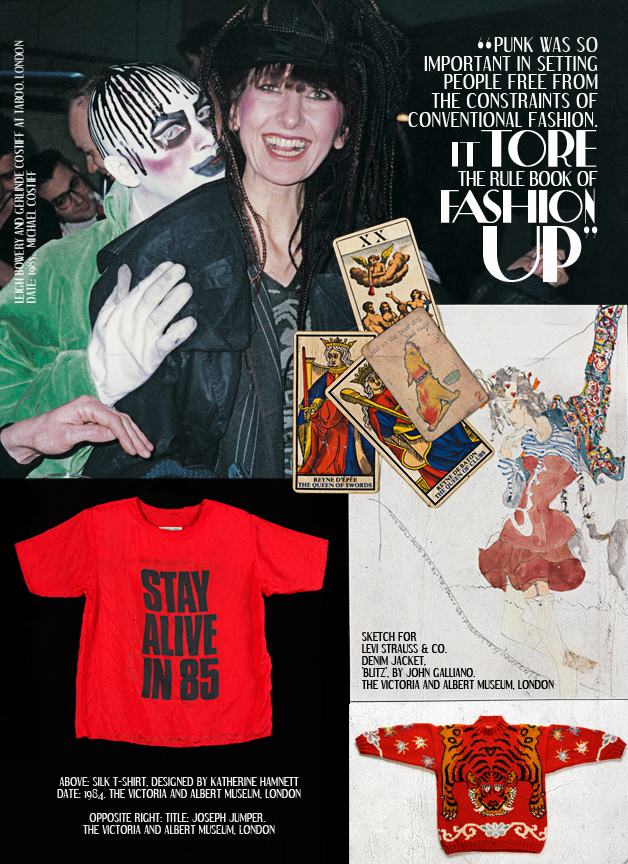
What role did magazines play in bringing to light the fashion of the 1980s?
Magazines were exceptionally important, with i-D, BLITZ and The Face all being launched in the very early 1980s.
Any memorable, spreads you can recall in particular?
The “Hard Times” spread in The Face in 1982 summed up the move away from the excesses of the new Romantics to what they described as “a hardening of attitudes in music and fashion.” In 1986 BLITZ magazine ran a feature on customized denim jackets. Many of these jackets are now in the V&A, and we have a whole section devoted to them. The neon colours used by i-D have inspired the colour palette of the club section of the exhibition design.
It all sounds very bold and vibrant! Were there any pieces that really defined or shaped that era in fashion?
In terms of “Catwalk”, oversize tailoring (Betty Jackson), luxurious eveningwear (Bruce Oldfield, Jasper Conran), bright textile designs (English Eccentrics) and experimental knitwear (Joseph and BodyMap) were all important. In terms of “Club,” the “dressed up” aesthetic of the Blitz kids, the high camp clothing worn at clubs such as Taboo and the “fit and form” of the new body conscious garments (Pam Hogg, Georgina Godley) were all extremely important.
Did any of these trends, or other ’80s fashion trends stem from past ones in terms of aesthetic and mood?
Punk was so important in setting people free from the constraints of conventional fashion. It tore the rulebook of fashion up. This liberating element carried on throughout the ’80s.
You can definitely see that in some of the pieces on display in the exhibit. What was the perception of the period’s club-inspired fashion trends around London amongst the general population?
Clubs such as Taboo attracted a lot of press. At the beginning it was difficult to get into certain clubs, which had a strict door policy. This encouraged people to try hard to look different. It wasn’t about having money, it was about being brave about one’s appearance.
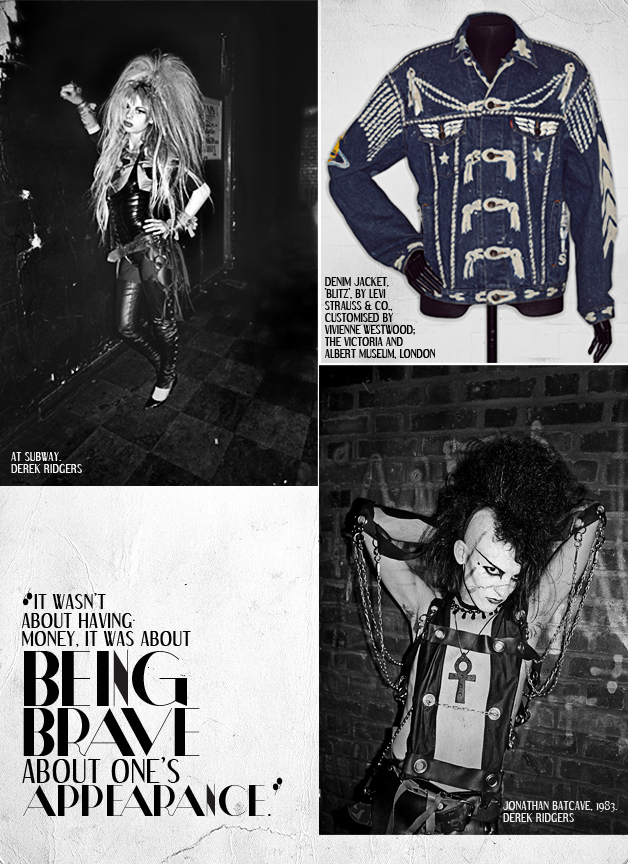
Is that sense of bravery something you want to communicate in the exhibit, or more, what do you want the audience to take away from this exhibit?
We want visitors to learn something new about this amazing decade, and about how London became a centre for fashion worldwide. We also hope that people enjoy the outfits, the photographs and the sound track. [The latter] has been specially commissioned from DJ Jeffrey Hinton.
Anything people might not know about this era in London fashion that you hope this exhibit reveals?
I think the menswear is very exciting. Workers for Freedom, Joe Casely-Hayford, Scott Crolla and John Richmond made extremely interesting clothes for men. Their work looks contemporary even today.
And lastly, who would you say are the most important designers of the ’80s era? Who are the heros of this exhibit?
One of the great things about this exhibition is that we are mixing well-known and not so well-known designers together from a time when everyone was on a level playing field.
Published June 28, 2013



